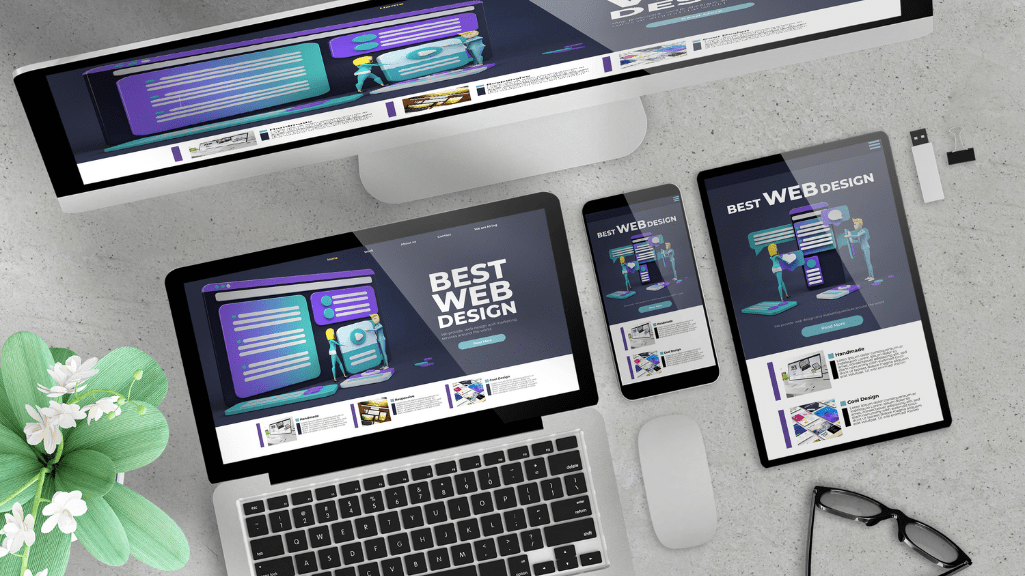In recent years, a subtle yet significant shift has occurred in the digital landscape – the proliferation of dark mode. What once was an alternative option buried in settings menus has now become a mainstream feature across various platforms and applications. From social media giants like Twitter and Facebook to operating systems like iOS and Android, dark mode has become ubiquitous. But what’s driving this trend, and why has it become so popular?
Aesthetics Meet Functionality
One of the primary reasons for the rise of dark mode is its aesthetic appeal. Traditional light interfaces have dominated digital design for decades. However, as technology advances and users spend more time in front of screens, concerns about eye strain and fatigue have become more prevalent. Dark mode addresses these concerns by reducing the amount of light emitted by screens, creating a more comfortable viewing experience, particularly in low-light conditions.
Moreover, dark mode offers a sleek and modern aesthetic that many users find visually appealing. The contrast between light text and dark backgrounds can make content stand out more, enhancing readability and focus. This aesthetic appeal has not gone unnoticed by designers and developers, who are increasingly incorporating dark mode options into their products to cater to user preferences.
Enhanced User Experience
Beyond aesthetics, dark mode also offers functional benefits that contribute to an improved user experience. For one, it can help conserve battery life, especially on devices with OLED or AMOLED displays. Since dark pixels consume less power than light ones on these screens, enabling dark mode can extend battery longevity, making it a practical choice for mobile users.
Additionally, dark mode can reduce glare and reflections, particularly in brightly lit environments, making screens easier to read and reducing eye strain. This is especially beneficial for users who work long hours in front of screens or those who frequently use devices in outdoor settings.
Accessibility and Inclusivity
Another advantage of dark mode is its accessibility benefits. For individuals with visual impairments or sensitivity to light, dark mode can significantly improve readability and usability. By offering customizable display options, such as adjustable contrast and font sizes, dark mode empowers users to tailor their digital experiences to suit their individual needs.
Moreover, dark mode promotes inclusivity by accommodating diverse preferences and lifestyles. Whether users prefer a subdued aesthetic, want to reduce eye strain, or simply enjoy the novelty of a dark-themed interface, dark mode caters to a wide range of user preferences, enhancing overall satisfaction and engagement.
Future Implications
As dark mode continues to gain popularity, its influence on digital design and user experience is likely to grow. Designers and developers will need to prioritize dark mode compatibility when creating new products and optimizing existing ones. Moreover, as the technology evolves, we can expect to see further innovations in dark mode implementation, such as dynamic switching based on ambient lighting conditions or user preferences.
In conclusion, the rise of dark mode represents a convergence of aesthetics and functionality, driven by a growing demand for enhanced user experiences and accessibility. By leveraging the benefits of dark mode, designers and developers can create more inclusive, visually appealing, and user-friendly digital environments for all. As we embrace the dark side of design, we illuminate new possibilities for the future of digital innovation.




